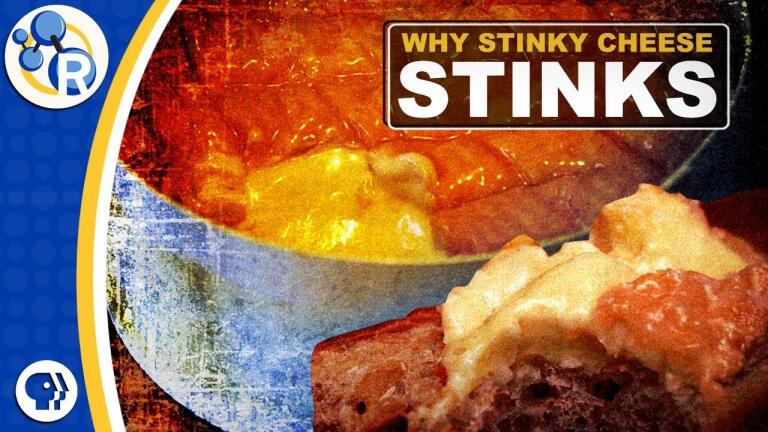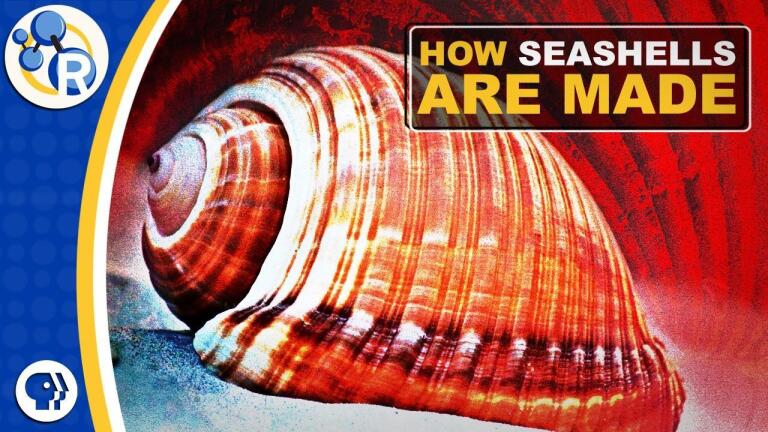Back to Show
Reactions
How a Chemist Makes the Softest Bread You'll Ever Eat
Season 9
Episode 3
Want to make the fluffiest bread possible? Then you need starch gelatinization. Based on Chinese tangzhong and Japanese yudane methods to break down starch’s symmetry, pushing water between amylose and amylopectin molecules, and using high temperature to gelatinize the starch before making it into dough. But don’t just take our word for it, we made 3 loaves of bread to put the science to the test.
Support Provided By

2:59
Yellowstone's hot springs are the most dangerous and here's why.

4:23
Air conditioning is the science of heat transfer and the chemistry of refrigerants.

3:12
Do you really need all those kitchen gadgets? It all depends on the chemistry of cooking.

4:57
It’s the chemistry of washed-rind cheeses that makes these foods so awfully stinky.

4:10
We tried to use chemistry to change hydrangea flowers from red to blue. Let's try again.

7:54
Surstromming, Swedish for sour herring, has a powerful stink thanks to food preservation.

5:05
What does the pH of soil have to do with the color of hydrangeas?

5:24
Are you breathing air molecules that were once exhaled by Caesar?

3:43
Chalk and seashells are made of the same stuff. So why is one crumbly and the other tough?

4:32
How does chemistry makes a cake donut and a yeast donut taste so different?

3:48
What do chameleons have to do with nanotechnology?

6:44
We visit St. James Cheese Company in New Orleans to learn about the chemistry of cheese.











